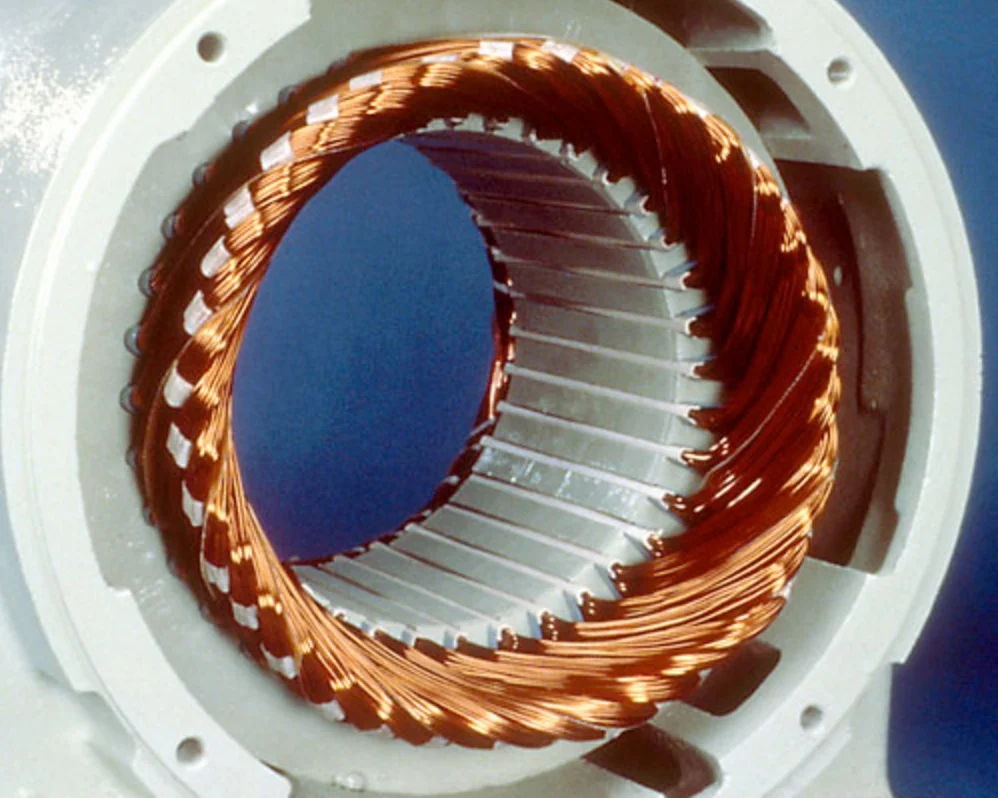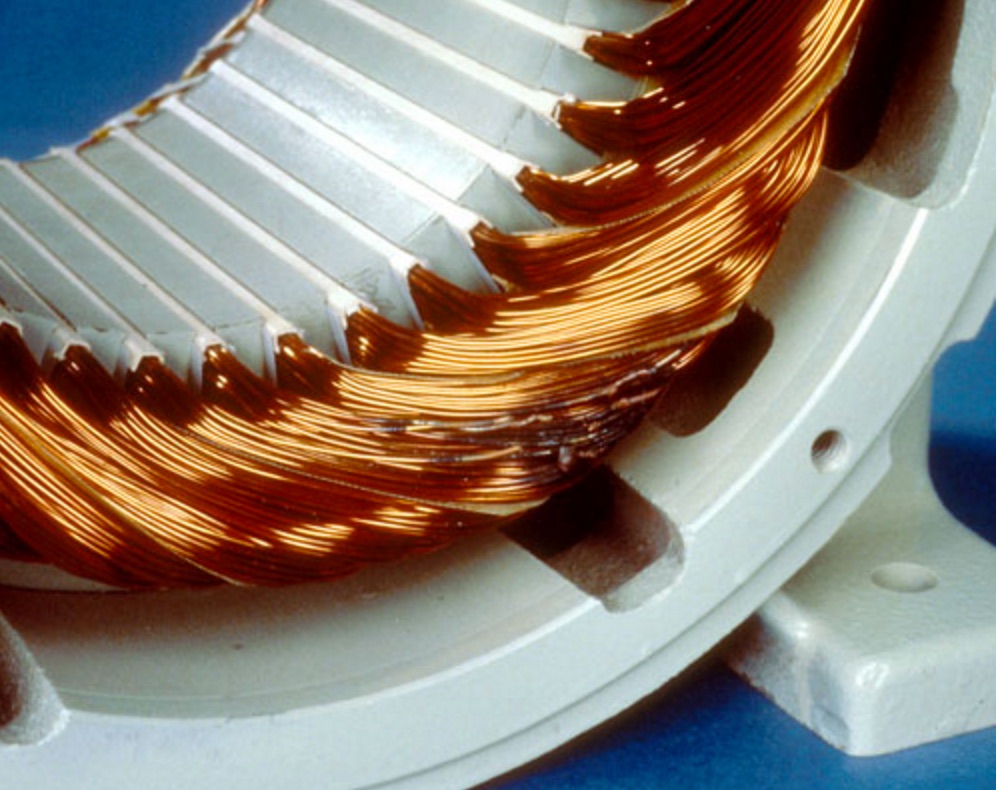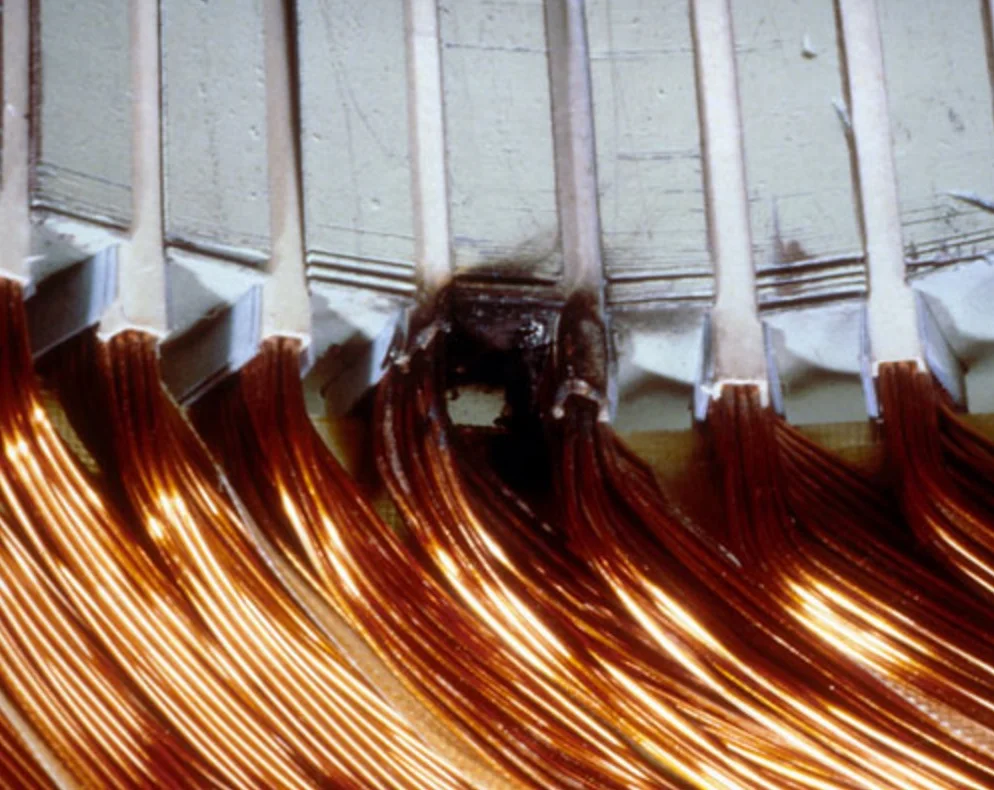Common Causes of Motor Failure
/Stator
- Shorted
- Open
- Grounded
- Completely Burned
- Single Phased
- Leads Broken or Disconnected
- Leads Marked or Connected Wrong
Terminal Board
- Contacts Burned
- Terminals Loose
- Terminals Burned
Bearings
- Bearing worn or loose in housing
- Bearing tight
- Bearing rough (Explain)
- Rotor rubs stator















